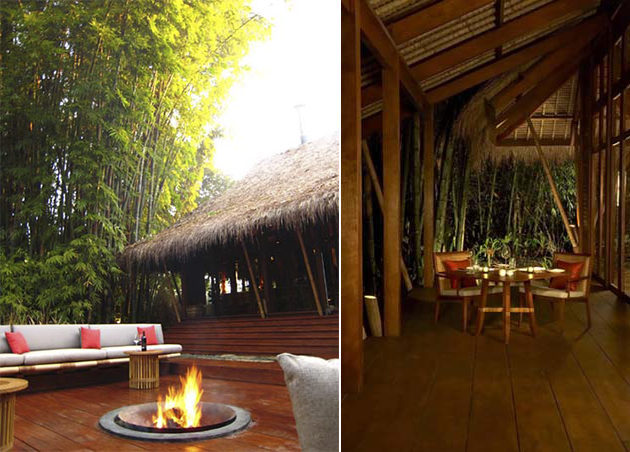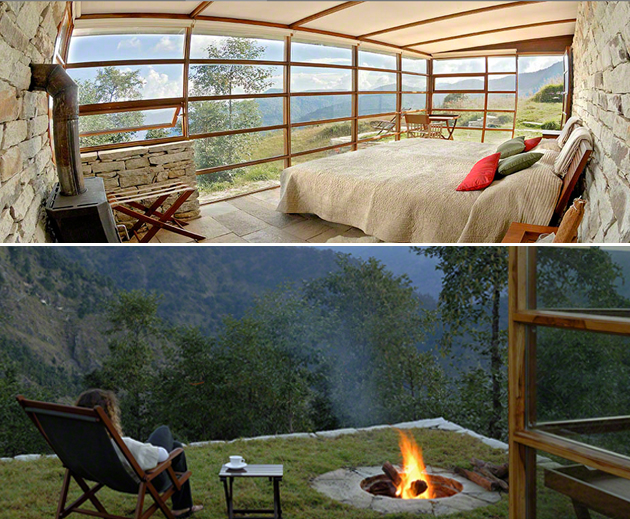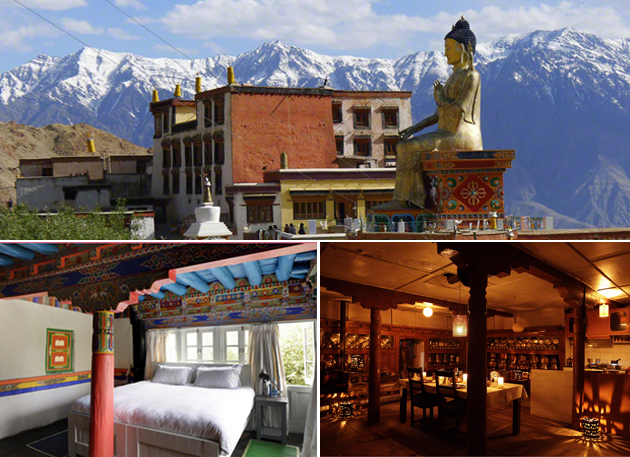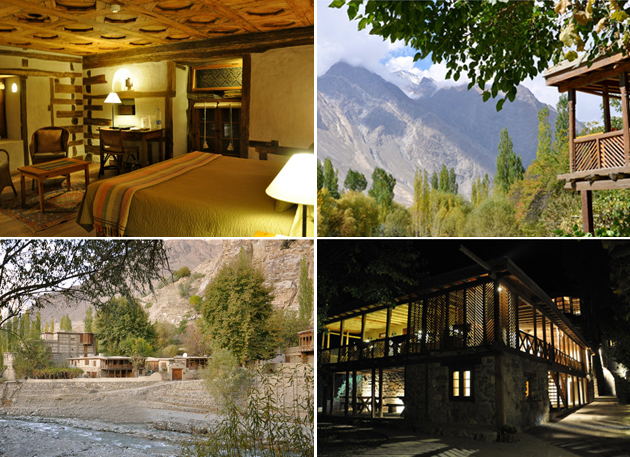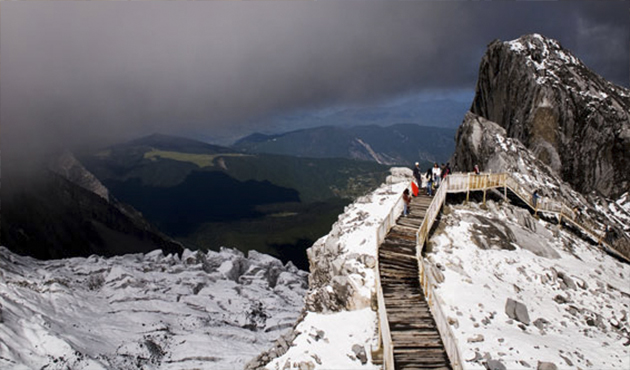5 Undiscovered spots in the Himalayas!
mis à jour le 17 August 2015 à 11:24Remote, luxurious and simply incredible - Our travel expert Hajar Ali introduces us to 5 less-travelled Himalayan destinations which will take your breath away.
Move over Bhutan, the following are 5 remote, frequently overlooked - and luxurious - spots in the Himalayas. And if you ever wondered, the word ‘Himalayas’ comes from the Sanskrit word meaning ‘snow mountain’.
1- The Burmese Himalayas
In the eastern Himalayas, Putao is home to rare species of orchids - the rare thakin - and home to the world’s only Mongoloid pygmies. Truly off the beaten trek, Putao was one of the British Empire’s most remote outposts and due to its isolation, was never conquered by the Japanese during the World War. The vistas are stunning- think a blend of cool Himalayan climes and snow-capped mountains in the distance set against the lush green tropical forests of South East Asia. Due to its isolation, the level of luxury afforded by Malikha Lodge (photos) is unexpected. That the lodge requires visitors to sign a release with a disclaimer that, in the event of an emergency, the remoteness of the lodge might mean that any medical evacuation might not be timely, adds a delicious frisson to it all.
Where to stay: Malikha Lodge
When to go: Late November to March
How to get there: Take a flight to Yangon, then a connecting 4-hour flight to Putao. A separate visa is necessary to get to Putao.
2- Kumaon, Uttarakhand
Gloriously remote, the only reason most visitors venture so deep into this region would be the ne plus ultra in remote luxury in India, the Shakti 360° Leti. With views of the northwestern Himalayas- of glaciers and snow-capped peaks whilst surrounded by improbable luxury, the Shakti 360° (photos) is a 4- cabin lodge well ahead of its time in the fields of ‘sustainable’ and ‘eco-tourism’- terms so frequently bandied around in the travel industry today.
Where to stay: Shakti 360°
When to go: October to April
How to get there: Basically, it takes 2 days once you get to Delhi. Taking a private charter cuts down the transfer time considerably:
- Take a private charter flight from Delhi to Pithoragarh (1hr 15 mins flying time), and drive 3.5hrs to the Leti road head, and then walk 1 hour to the camp.
- Private charter flight from Delhi to Pantnagar (1hr flying time), followed by an 8.5 hour drive to Leti roadhead, and then a 1 hour walk to the camp.
- Via Train: From Delhi, the Kumaon Region is accessed by overnight train (7hrs) to Kathgodam followed by a 3.5 hours drive to Almora district.
- Alternatively there is the option of a day train available - (5 1/2 hours) to Kathgodam followed by a 3.5 hours drive to Almora district.
3- Ladakh
Encompassing the remote Zanskar and Nubra valleys, Ladakh remains culturally similar to Tibet and is known as ‘Little Tibet’. The inter-connectedness of the Himalayas becomes apparent in the inhabitants, cultural and natural landscape and apparent porosity of the borders. Gentle treks around the villages, rafting in Zanskar or trekking deeper into Nubra are possible activities.
Where to stay: Shakti Ladakh (photos)
When to go: May to September
How to get there: From Delhi, take a flight to Leh.
4- Baltistan, Pakistani Himalayas
Before the unfortunate turn of events involving mountaineers in Pakistan, the Pakistani Himalayas provided excellent opportunities for trekking and mountaineering. The region of Baltistan specifically, also known as ‘Little Tibet’ is inhabited by a people who, till today, speak an ‘archaic dialect of classical Tibetan’.
Landing on the runway of Skardu is an initiation into the stark beauty of Northern Pakistan. While other hotels boast of well-equipped gyms, the Shigar Fort has a meditation room. The magic begins as you begin approaching the village surrounding Shigar Fort- young children fleeting between the trees, or hopping over the rocks dotting its streams. Many little streams combine into a rapidly flowing river, facing the Shigar Fort directly. That you will be having breakfast to the sounds of this river and sleeping to it more than outweighs the inconvenience of the not-too-infrequent power outages.
Where to stay: Shigar Fort (photos)
When to go: April to October
How to get there: Flight from Islamabad to Skardu and a 45-minute transfer to the hotel or take a flight to Gilgit and drive 5 hours to Skardu. Heli-transfers are also available, with a helipad available 10 minutes from Shigar.
5- Shangri-la, Chinese Himalayas
The most mainstream and accessible in the list, this doesn’t mean that the spot is any less spectacular. Playing up the Shangri-la tag, landmarks of the area have names like ‘Jade Dragon Snow Mountain’ (photo) or the ‘Tiger Leaping Gorge’. Ringha affords the time-starved and altitude-leery visitor a taste of Tibet. You can fly directly to Lhasa from Ringha.
Where to stay: Banyan Tree Lijiang and Ringha
When to go: May-September
How to get there: From Kunming International Airport, take a 40 minute flight to Lijiang. Alternatively, take a 4.5 hour flight to Lijiang from Shanghai International Airport. It’s a 3.5 hour drive from Banyan Tree Lijiang to Banyan Tree Ringha.
Hajar Ali
An eternal traveller – and the first woman to ever cross the Empty Quarter – Hajar Ali is also the founder of Urbane Nomads, a travel company specializing in luxury travel to remote places, combining cultural authenticity with adventurous activities.

